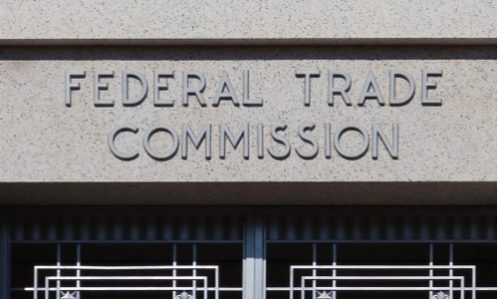
U.S. antitrust enforcers unveiled new proposed guidelines on Wednesday, aimed at tougher scrutiny of planned mergers by Big Tech companies like Amazon and Alphabet’s Google.
The 51 pages of guidelines by the Justice Department and Federal Trade Commission, outlined a major shift in how the US Government will review mergers and acquisitions, representing a highly engaged, dynamic message to the public and tech industry.
At the heart of the mergers review process lies a number of factors, detailed in the guidelines, such as ‘multi-sided platforms,’ acquisitions for taking out potential competitors, as well as minority investments, with an outlook of preventing ‘unchecked consolidation’ to ensure free and fair markets.
This message was expressed by Attorney General Merrick Garland, who stated: “Unchecked consolidation threatens the free and fair markets upon which our economy is based. These updated merger guidelines respond to modern market realities and will enable the Justice Department to transparently and effectively protect the American people from the damage that anticompetitive mergers cause.”
The Biden administration’s spotlight on labor issues heavily affects the regulations, as outlined by Senior officials, outside of the Department, who explained it this way: “These guidelines really represent a much more nuanced, on-the-ground view of the different ways in which illegal mergers can hurt people, including workers. In many instances, the problem with a merger isn’t always that a company is buying a direct competitor, but it might be buying a company that threatens its dominance, either through disintermediation or through technologies that might disrupt and displace its position.”
Read more: GOP Urges FTC To Drop Case Against Microsoft’s Acquisition Of Activision
The new guidelines are a broad update on the most recent vertical merger guidelines of 2020 and horizontal merger guidelines of 2010. When a merger involves a multi-sided platform, the agencies examined competition between platforms, on a platform, or to displace a platform.
According to the FTC Chair Lina Khan, the guidelines are “designed to be business-model agnostic,” as also noted by the DOJ and FTC officials, Department of Justice and Federal Trade Commission: “The new guidelines are squarely focused on statutes and case law.” Mergers should also not eliminate a potential entrant in a concentrated market, such as when tech companies acquire up-and-comers or upstarts that offer products the acquirer considered developing internally.
The proposed changes could lead to major shifts in how the US government reviews merging and acquisitions of technology companies, and it is pertinent for the public to get a chance to voice their feedback on the draft. They have until September 18th to do so. According to antitrust officials, recent court losses raise the stakes for them in sending a signal to businesses and the courts about merger reviews. It is important for both parties, public and industry, to be aware of the new regulations and their implications for the future.
Source: Edition CNN
Featured News
Big Tech Braces for Potential Changes Under a Second Trump Presidency
Nov 6, 2024 by
CPI
Trump’s Potential Shift in US Antitrust Policy Raises Questions for Big Tech and Mergers
Nov 6, 2024 by
CPI
EU Set to Fine Apple in First Major Enforcement of Digital Markets Act
Nov 5, 2024 by
CPI
Six Indicted in Federal Bid-Rigging Schemes Involving Government IT Contracts
Nov 5, 2024 by
CPI
Ireland Secures First €3 Billion Apple Tax Payment, Boosting Exchequer Funds
Nov 5, 2024 by
CPI
Antitrust Mix by CPI
Antitrust Chronicle® – Remedies Revisited
Oct 30, 2024 by
CPI
Fixing the Fix: Updating Policy on Merger Remedies
Oct 30, 2024 by
CPI
Methodology Matters: The 2017 FTC Remedies Study
Oct 30, 2024 by
CPI
U.S. v. AT&T: Five Lessons for Vertical Merger Enforcement
Oct 30, 2024 by
CPI
The Search for Antitrust Remedies in Tech Leads Beyond Antitrust
Oct 30, 2024 by
CPI